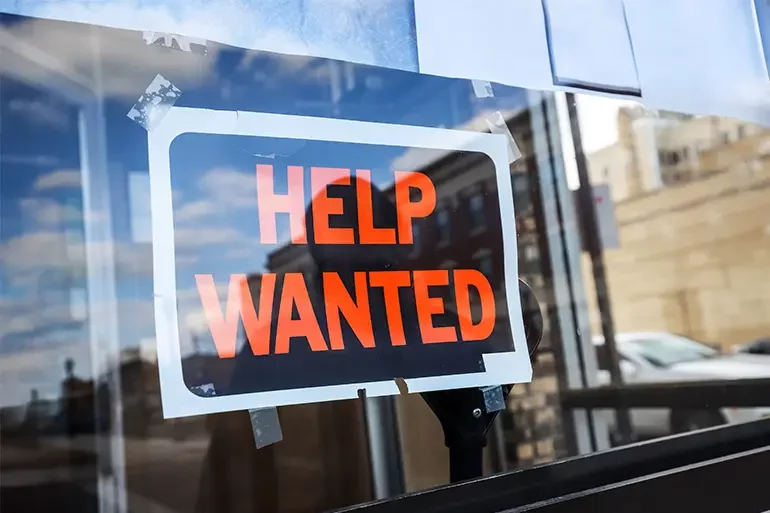Labor shortages and high inflation still dominate the news and are a top concern of businesses in Colorado and nationwide. The global pandemic has had an undeniable impact on the global economy, but there’s more to the labor shortage than meets the eye.
The Colorado Chamber recently held the “State of the State” event in Basalt, Colorado in partnership with local chambers of commerce in the Roaring Fork Valley. As part of the event, Jessica Valand with the Colorado Department of Labor and Employment (CDLE) provided an analysis on workforce trend data at the local, state and national levels. We are currently entering a “sansdemic,” she said, meaning there are not enough people for the amount of work that needs to be done.
In recent years we have seen a double decline in birth rates and labor force participation rates at the national scale, which is predicted to lead to an expected 6 million worker deficit by 2028. On top of the U.S. experiencing the lowest birth rates in the nation’s history, in the past five years, the baby boomer generation has started to reach retirement age.
Once the pandemic hit the United States, we saw an increase in early retirements as many baby boomers chose to retire a few years early – for reasons ranging from health concerns to rising asset values that made early retirement possible. The COVID-19 pandemic resulted in 2.4 million excess retirements nationwide as of August 2021 and the number continues to climb.
Based on CDLE’s insights, it seems that the pandemic is not necessarily the culprit of the rising labor shortages – it is an accelerant.
Retirement and slowing birth rates are not the only factors influencing the labor force as we see a mass exodus of workers. While 2 million women dropped out of the labor force during the pandemic, the main concern is that male prime-age labor force participation is steadily declining. The 2008 housing crisis pushed many male workers from manufacturing and construction jobs into part-time service sector work because it was the only work available and many have not returned to full-time work. Adding to the labor shortages, immigration policies and visa restrictions from both policy changes and pandemic travel restrictions have led to an 88% decline in visa workers nationally.
The cluster of factors that have impacted the labor market has created a super-storm for Colorado. The state has seen a steady increase in the gap between total job openings and total hires since January 2012. There has also been an increase in the amount of people quitting their jobs, stating reasons such as low pay, no opportunities for advancement, and lack of flexibility.
With this only being the beginning of the “sansdemic,” how can employers weather the storm and find workers in such a tough market? Valand with CDLE recommends employers have excellent applicant communication and know that job quality matters. By incorporating work-based learning and emphasizing career advancement, employers can see higher retention rates for their employees. Valand also explains that company reputation and culture are not ‘nice-to-haves’ anymore – rather they are a necessity.
SOURCE: Colorado Chamber of Commerce













